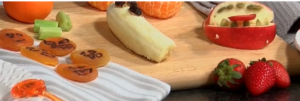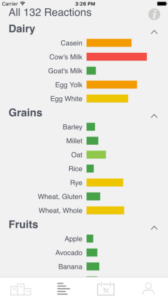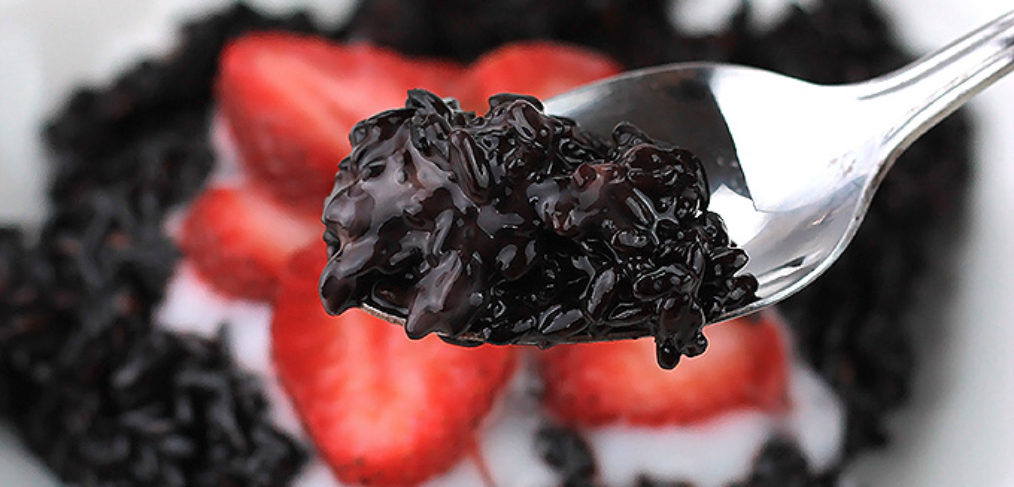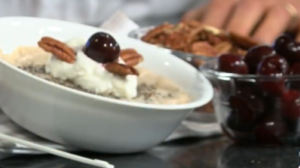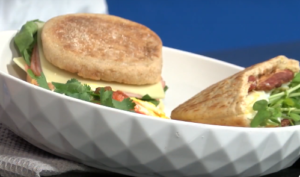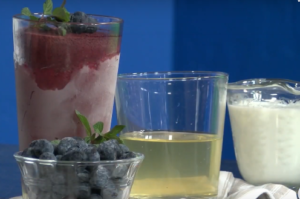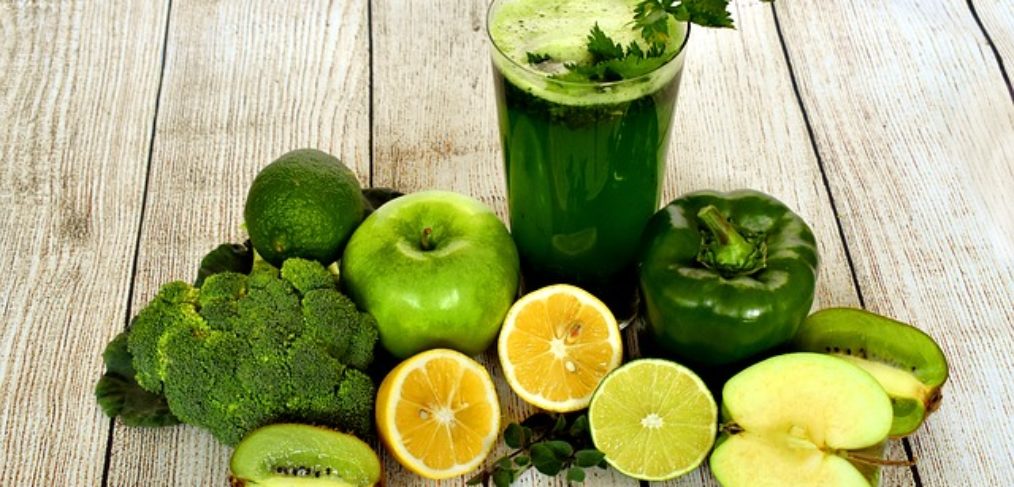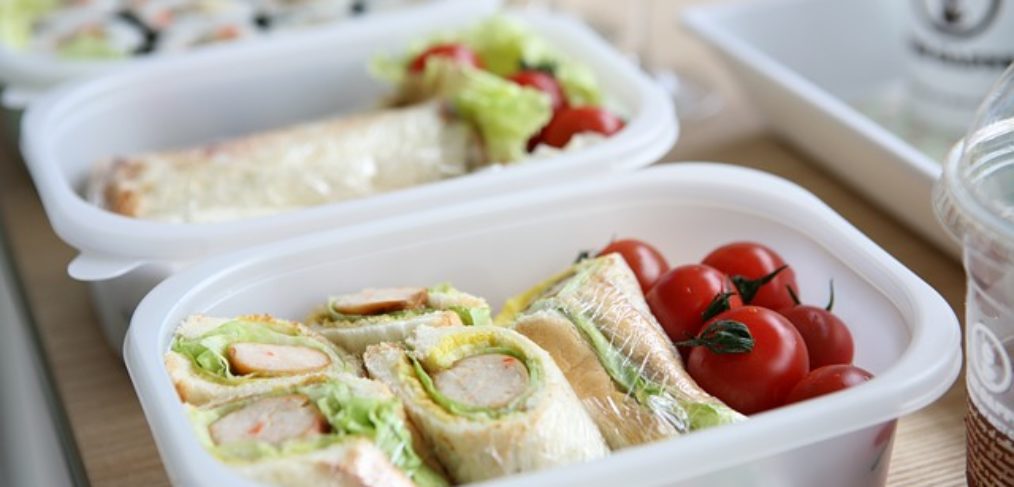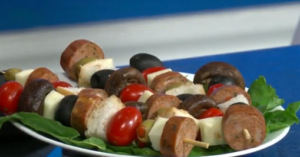You may take supplements to reduce inflammation, such as curcumin. But there are several entire food types you need to include in your daily routine! These groups are your weapons against inflammation. In fact, their mere absence in your diet may make you vulnerable to inflammation.
Inflammation Education
Let’s review a few key concepts:
- Inflammation is the battleground where your white blood cells clash against invaders. When there is injury to your tissues, inside or out, the body sends its soldiers, white blood cells, to the scene, to fight against whatever is causing harm. That might be bacteria, in the case of a skinned knee, or foreign proteins, in the case of an allergy. A special substance, known as histamine, opens up the tissues to let the white blood cells in. During and after the battle, there is a lot of cell debris that must be cleaned up. These open tissues, full of white blood cells and cellular debris are classified as “inflamed.”
- Oxidative stress causes inflammation. The process of living creates free radicals – atoms with unpaired electrons. Since electrons naturally seek to be paired, these free radicals cause tissue damage when they “steal” electrons from various cells in your body. Normally, your body has “antioxidant mechanisms” to combat this damage. But when the number of free radicals outstrips your antioxidant potential, the tissue damage accumulates and you become inflamed.
- If you have symptoms, you have inflammation. Simply put, when inflammation is occurring, you perceive pain, swelling, heat, or other forms of discomfort. Symptoms are the signal for you to slow down, take care of yourself, and support healing. Good nutrition, restorative sleep and stress management allow your body to amass its resources against the problem.
- Only chronic inflammation is a problem. Because inflammation is a necessary part of healing, we don’t want to squelch it all together. But not being able to put out the fire puts your body in a state of distress that leaves you open for diseases such as cancer, autoimmunity, and heart disease. Since chronic disease in America is epidemic, you need several weapons against inflammation.
Inflammation Weapon #1 – Polyphenols
Polyphenols are absolutely vital! They are the antioxidant compounds! Therefore, they fight free radical damage and are thereby anti-inflammatory. Polyphenols are naturally found in plant foods, such as fruits, vegetables, herbs, spices, tea, dark chocolate, and wine. There are literally thousands upon thousands of polyphenols. You might recognize some of their them: quercetin, catechins, anthocyanins, lignans and resveratrol. The biggest group of polyphenols are known as flavanoids. These are the pigments that that give brightly-colored produce their rich, vibrant colors.
To make sure that you can combat oxidative stress, you should eat at least of cup of richly-colored produce daily. A cup every meal would be better. To do this, eat the rainbow! Include fruits and vegetables that are red, orange, yellow, green, purple/blue, and even white every time you eat.
An additional benefit of polyphenols is that they feed your health-supporting gut microbes. Consequently, they increase your wellness because a happy microbiome makes a happy host.
#2 – Fight Inflammation with Leafy Greens
Dark leafy greens, such as cress, arugula, chard, mustard greens, beet greens, kale, and spinach, are tops (pun intended)! Not only do these plant tops fight inflammation, they help stabilize blood sugars and also support detoxification. Stabilizing blood sugars is important because blood sugar fluctuations can trigger inflammation.
Dark green leaves are full of polyphenols, including beta carotene and quercetin. But they also contain folate, which is a must for detoxification. You see, in order to mop up the inflammation, your liver has to be able to detoxify all those waste products from the battle. Your liver depends on folate in a process called methylation where it makes your master antioxidant, glutathione. You cannot fight inflammation without enough folate as a weapon.
Every indigenous culture has depended on some type of leafy greens as a mainstain in its diet. Asians, Africans, and Indians can teach us much about how to eat more greens. Challenge yourself to not eat a meal without dark leaves included.
#3 – Fatty Fish are Anti-Inflammatory
Dark and oil-rich fish, such as salmon, mackerel, anchovies, sardines, and herring, are your best source of the Omega 3 fatty acids, DHA and EPA. These fatty acids are associated with lower levels of inflammation. However, your body can’t manufacture them. So, it’s important to get them through your diet. While plant sources of Omega 3’s, including flax and chia, are popular, they provide only ALA, that must be converted to DHA and EPA. Your body doesn’t do this conversion very efficiently, and you lose much of your Omega 3 potential during the process. Consequently, it’s best to not rely only on plant sources for these anti-inflammatory fatty acids.
As a bonus, the dark-fleshed fatty fish also include a special polyphenol called CoQ10. This polyphenol has powerful antioxidant properties. Eating fish about 3 times per week will provide the anti-inflammatory benefit you need.
Bonus Inflammation Weapon
There’s one food that has more Vitamin A than brightly-colored produce, more folate than leafy greens, and more coQ10 than fatty fish. That’s organ meat – specifically liver. Of course, it makes sense that the organ that plays the biggest role in fighting inflammation would be a storehouse for the nutrients needed for this process. Although liver is not a significant part of American food culture, you can include it in your diet by mixing ground liver in with ground meats – hamburger, pork sausage and ground poultry products, such as turkey sausage.
A little bit of liver goes a long way. Just an ounce a day will provide the many nutrients you depend as weapons against inflammation.



